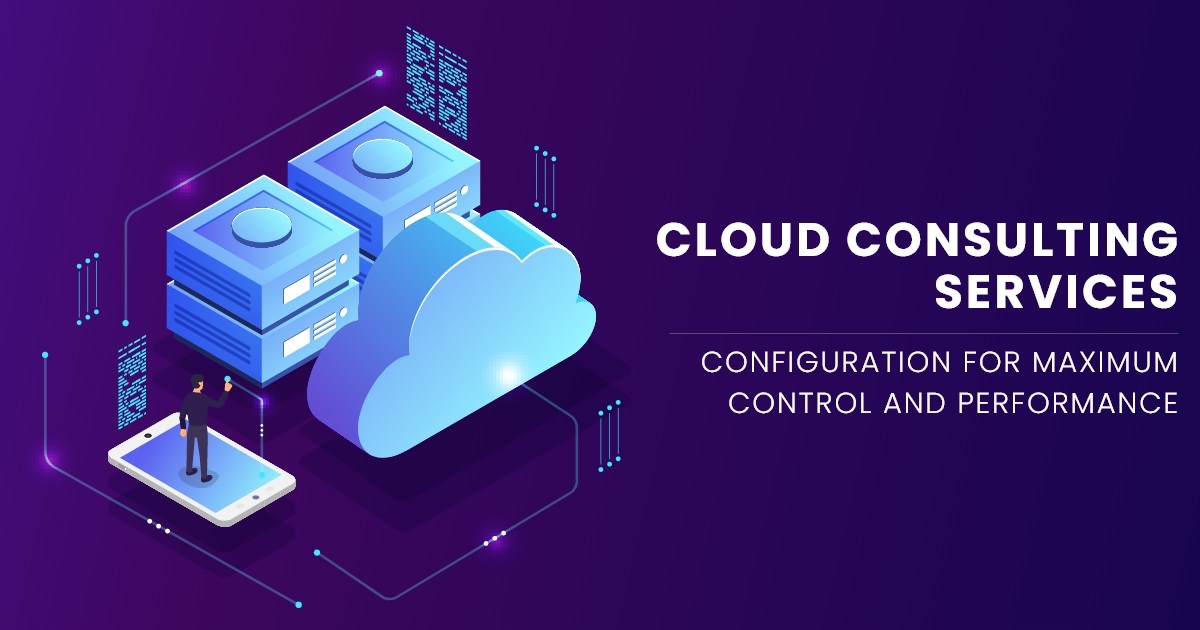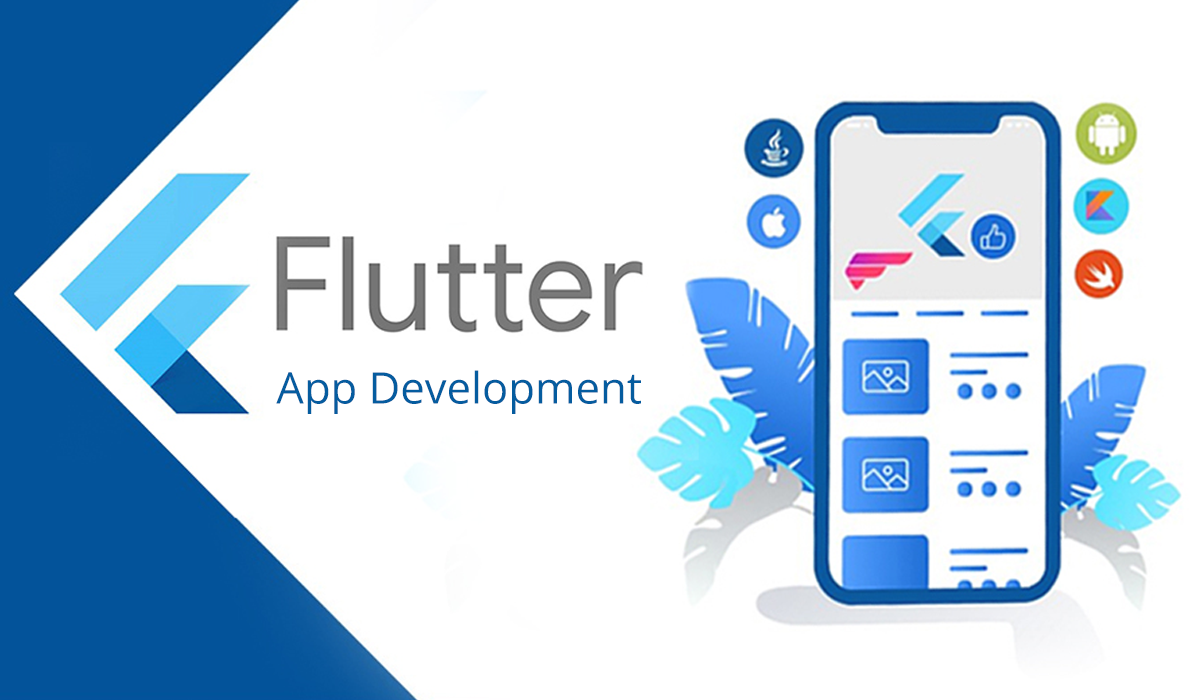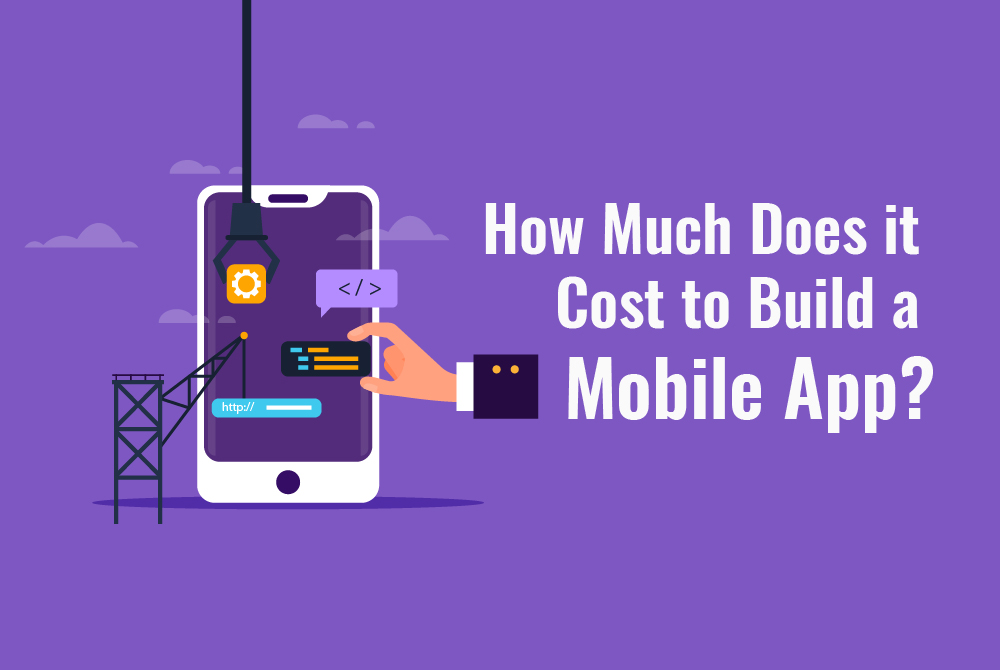An internet-based software called a “cloud-based app” has elements that may be stored and used online, and some or all of its operations can be carried out in the cloud. To fully understand this, think of it this way: a user engages with cloud-based applications via a web or mobile browser. Here, data processing is managed by an API and takes place on the remote server. The user’s device only serves as an input device for the cloud app, hence it has no bearing on the core operation.
A web-based application is distinct from a cloud-based application. It’s critical to look at a few elements that define cloud app development to comprehend its peculiarities.
What are the characteristics of Cloud-Based Applications?
- The app’s data is stored in the cloud infrastructure while it is being developed, and it may also be partially cached on a user’s device. This indicates that specific hardware must be in place before a program can operate.
- The cloud infrastructure may briefly retain data on a user’s device to enable offline access to data. After the user is back online, the cloud app is updated and transfers the newly created data from the offline location to the cloud storage location.
- You, the user, have full control over the configuration of backup schedules, data optimization, compression, and encryption.
- A cloud application can be accessed from a computer, tablet, or mobile device that is online. This allows the user to become independent of the capabilities of the browser.
- Cloud-based applications are more accessible to customize than web apps and provide access to external cloud computing services via API connectivity.
After examining the characteristics that make up a cloud-based application, we can now discuss the cloud solutions accessible to digital organizations and corporations.
Enterprises can choose from a variety of cloud-based solutions.
The resources and services that make up cloud computing technology, such as databases, data servers, storage, etc., are managed by outside companies. On a free-of-charge or payment-for-services basis, the third party authorizes the use of the computer and infrastructure reserves. As such, you don’t need to stress over framework upkeep on the off chance that you utilize the administrations, assets, and space.
Four common types of cloud deployment are available to businesses:
1. Private cloud – This is a private web system with a safe location for data, web applications, and other online resources. One business makes use of a private cloud service that is unavailable to the general public.
2. Public cloud – Only authorized devices can access the data in the public cloud resource. Generally speaking, public clouds offer the finest balance of cost and processing flexibility.
3. Hybrid cloud – Hybrid is regarded as both public and private for cloud app development. Here, you can distribute the data among third-party applications and on-device services and select from a variety of additional deployment and optimization options.
4. Community cloud – The deployment of a community cloud is comparable to that of a private cloud, with the exception that here, data exchange occurs between two (or more) businesses. A country’s government, for instance, can have several internal agencies that need the same infrastructure and resources. The community cloud may be helpful in these circumstances.
Several application services can be employed with the aforementioned cloud deployment choices.
Similar to deployment services, there are several options for developing cloud applications for organizations. There are three main cloud-based software development options:
“Software as a Service” (SaaS)
Cloud application development using mobile and web browsers is referred to as SaaS. SasS lets users access the applications online without actually configuring or installing them on the device.
Improvement of SaaS cloud applications can be utilized for:
Handling client databases and CRM (Customer Relationship Management) systems
automating the purchase of goods and services
supplying email tools, auditing features, etc.
The entire firm should share agendas and calendars to plan upcoming events.
Organizing documents for collaboration and file sharing.
AWS, Salesforce, Google Apps, Zendesk, and other software behemoths have made investments in the creation of SaaS cloud apps.
“Platform as a Service” (PaaS)
By using cloud providers for infrastructure, operating systems, and development tools, PaaS enables you to rent any service and resource you require to construct an application. This indicates that to create cloud apps, you will use a whole cloud application platform (software and hardware) as a service.
the creation of PaaS cloud applications
Operating Systems Infrastructure Database Development Tools
Middleware
Openshift, Windows Azure, and Heroku are three popular PaaS cloud computing systems.
Infrastructure as a Service (IaaS)
Your cloud provider will manage every aspect of your company’s infrastructure, including the network, servers, storage, and visualization, when you use IaaS cloud services. This architecture can be managed via a private or public cloud. IaaS cloud services offer a variety of other services for the development of cloud-based applications in addition to managing the resources, such as:
Detailed bill
- Tools for Tracking Resilience (backup recovery and replication)
- Log entry
- security precautions ( PCI-DSS compliance, data encryption protocols)
- Balanced loading
- Clustering
You can utilize an admin panel or API to access IaaS cloud services. Also, you have complete control over your operating system and software while your cloud service provider handles resource management for the creation of cloud apps.
Advantages of utilizing cloud-based software
Because most data processing and storage issues are handled by remote servers, cloud application development is advantageous to every business and corporation. Other benefits of cloud software development or cloud application development are numerous and are briefly discussed here.
Cost-saving
Cloud providers only charge for the feature sets and cloud storage capacity needed for your application development model. This pay-as-you-go strategy is used by every cloud deployment option that strikes a balance between lower costs and better outcomes.
Security
A cloud host is alone in charge of monitoring data security, which is much more efficient than a conventional in-house solution. Developing software for the cloud also makes it easier to follow governmental security regulations. Moreover, the cloud responds to changes and data recovery automatically.
Flexibility
Making cloud applications offers more flexibility overall than hosting on a local server. If you need extra bandwidth, cloud services can quickly meet your needs as opposed to requiring a time-consuming infrastructure upgrade.
Superiority and sustainability
A better user experience is also provided to the audience through chatbots and other cloud services with AI integration. As an illustration, Winklix created a cloud-based AI analytics platform for a major international bank to improve its CRM system and client retention.
The bank was able to handle 50% of customer inquiries thanks to the conversational AI developed on the cloud, which resulted in a 20% reduction in labor costs. This gives contemporary businesses a significant competitive advantage as they work towards long-term sustainability objectives.
Flexibility and wisdom
You can access information via cloud application platforms from any device, gadget, group, organization, etc. to stay current. It is not at all unexpected to learn that businesses using cloud-based sharing services have higher levels of employee happiness and engagement than local hosting businesses.
To improve data access speed and experience, cloud-native application development also helps with personalized consumer data insights. For instance, Winklix developed a cloud-based customer-centric data analytic platform for a top telecom provider. The cloud analytics platform’s insights made data 85% more accessible and improved consumer data management and efficiency.
A wide variety of options
By expanding the range of services and resources available to the business model, cloud-based solutions provide the biggest contribution to the success of the organization. The cloud computer platform manages everything, including CRM and ERP options.
Moreover, cloud computing application development helps with disaster recovery and data loss while maintaining data quality. These benefits demonstrate how creating cloud-based solutions can help your company grow. Let us present to you the steps you must take to create a successful cloud application if we have persuaded you sufficiently.
How do you create cloud-based applications?
Mobile and web development services are also included in cloud application development. It is preferable to select the strategy that best fits your project idea in advance. When dealing with cloud development, having an investing mindset is equally crucial. You must be aware that the resources you invest in will eventually commit to and scale your firm.
Before starting, determine your target audience, pain areas, and app demand. then consider how your product might address those issues. Following your analysis, you can do the actions listed below to make a cloud-based application correctly:
Get a team of cloud developers.
When you hire a third party to handle your cloud development, your chances of creating profitable software increase. A reliable cloud application development company can give you a plan of action investigation, an application advancement quote, and a task arranging report immediately.
Your cloud application developers will team up with you to plan the application idea, decide the application’s MVP highlights, and build an application work process before you start the genuine advancement process.
The building’s design and features
It’s important to consider factors like service models, app design, and cloud migration while developing cloud-based apps. The performance of your app is directly impacted by these choices. So, it’s crucial to debate the best course of action with your outsourced workforce.
Thanks to a streamlined cloud architecture, you can easily create apps and use cloud solutions. The use of modern cloud architecture based on microservices is advised by seasoned cloud app developers. Any of the aforementioned cloud deployment services (IaaS, SaaS, and PaaS) may be used for the service model.
Also, you can use cloud migration to transfer your company’s data to a cloud server for faster processing and accessibility.
The tech stack’s definition
You should think about the requirements, capacities, and application proper plan while choosing devices for building cloud applications. When selecting the tech stack, take the scalability element in mind as well. The following diagram illustrates a common tech stack for creating both straightforward and complex cloud-based apps.
Data and an app:
- Cloudant
- Akamai
- Cloudant
- As for DevOps
- Bitbucket
- Bitbucket
- DataDog
- Jenkins,
- New Relic
- Sauce Labs
- Bitbucket
- Tools for business:
- Jira,
- G Suite
- DocuSign
- UXPin
- Balsamiq
- InVision
Selecting a monetization model for an app
You can forecast what your users will pay for now that you are aware of their wants. Below are the available four app monetization models:
In-app purchases using money
Freemium \ Advertising
Testing and creation
Cloud apps are developed using agile and scrum methodologies. Typically, the construction process is divided into sprints, each of which lasts 10 working days. While developing such solutions, it is crucial to use cloud-native applications because they allow for greater customization and hassle-free operations.
Before release, the product must undergo numerous quality assurance procedures. If your cloud application offers the required user experience, this conforms. Design, development, testing, and management services are provided by organizations that outsource full-cycle development, resulting in higher-quality products.
Launching and maintaining an app
You can publish your cloud app on the iTunes Store or Google Play for Android (iOS). Computerized testing is being created by Google Play to speed up the application endorsement method. Google doesn’t specify in the outcome why your app was disapproved, though. Google Play does not levy a similar fee either.
What are the Tech challenges in cloud-based application improvement
Cloud-based item improvement is most certainly requesting and testing. Alongside the ideal advantages, you should likewise know about normal traps in the cloud improvement process. The following are probably the most often confronted difficulties:
Administration plan
It is significant for cloud applications to be firmly combined with administration rationale and executions in a client-driven world. While basic on a fundamental level and foundation, it tends to be an unpleasant time for cloud application engineers to plan adaptable and reusable parts that are stuck to support highlights.
Application security
Application security past approval has forever been an area of worry for clients. Because of the condition of programs, your cloud application necessities to guarantee a basic security factor outside the program.
You can utilize switch intermediary and solid information encryption measures to address conceivable security concerns.
Interoperability and compactness
While working with the cloud system, interoperability is the capacity to compose code that is knowledgeable with numerous cloud suppliers at the same time, notwithstanding the stage distinctions. Notwithstanding, the major problem is the correspondence of different stages through one code structure. For this, cloud application engineers require severe and normalized working conventions that are not difficult to execute.




